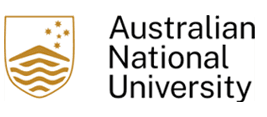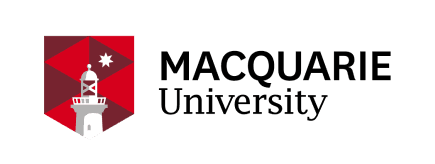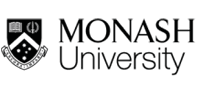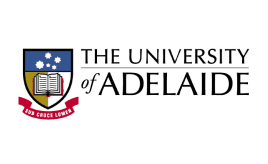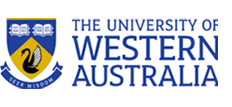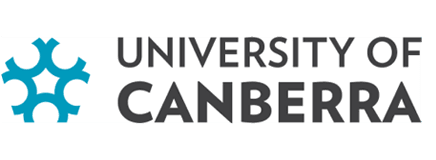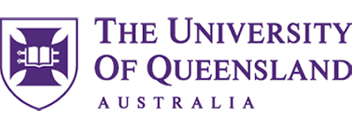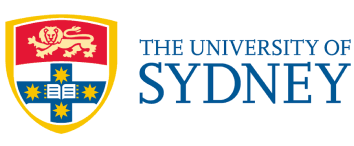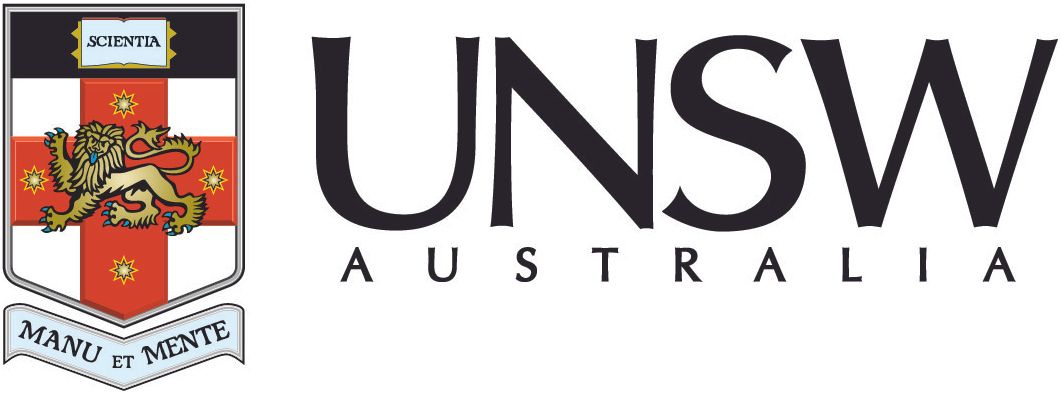A win for the environment as proposal to restart Redbank Power Station rejected
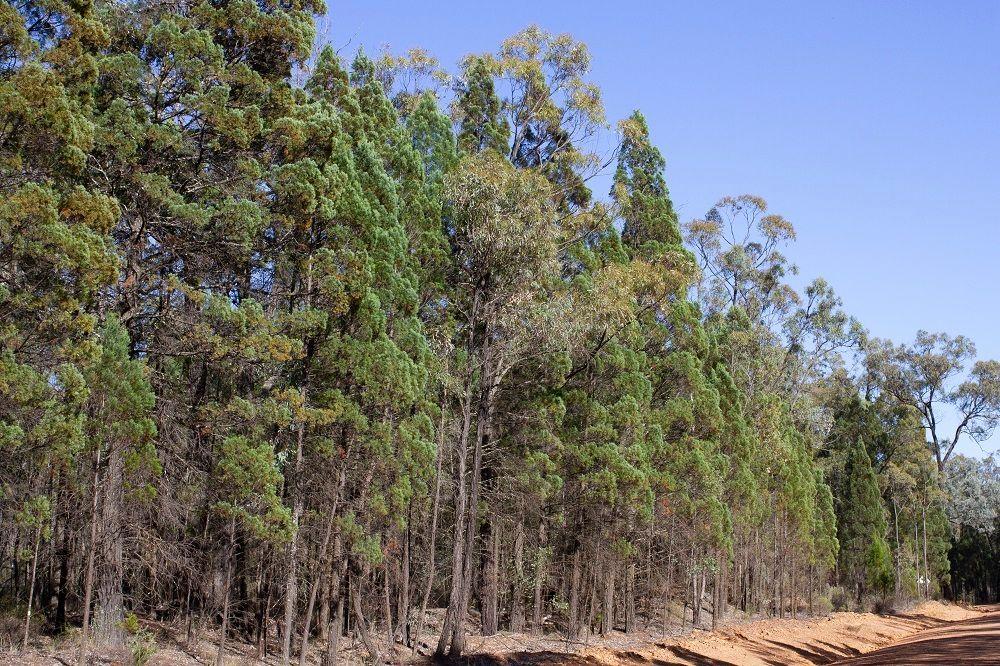
Black Cypress-Pine is one of the native tree species in New South Wales that is likely to face increased clearing if the proposal goes ahead. Image: dhfischer / iNaturalist CC BY
News story
16 September 2025
The NSW Independent Planning Commission has rejected plans to restart Redbank Power Station, citing expert evidence that native vegetation clearing would cause unacceptable environmental impacts.
The project planned to burn biomass for energy, primarily sourced from native vegetation, which would have incentivised land clearing at a much greater level than current rates in NSW. This would have worsened climate change and harmed biodiversity.
Biodiversity Council Policy and Innovation Lead Lis Ashby said, "It is pleasing to see that the Commission listened to expert advice in reviewing the application.
“There are more sustainable ways to produce energy. The Coleambally Solar Farm produces the same amount of energy annually as Redbank proposed to do (150 MW annually).”
The proposal by Verdant Earth Technologies proposed to restart the Redbank Power Station using up to 700,000 tonnes of dry biomass a year. One of the major sources of biomass would have been from clearing shrublands classed as Invasive Native Species (INS).
Our submission argued that the project should not be approved because the assumptions it was based on were false or unproven, and the harms it would have caused would have greatly exceeded any public benefit.
Key Concerns:
- Not carbon neutral – Burning biomass releases significant greenhouse gases; Redbank’s modelling underestimated emissions.
- Incentivised land clearing – Project required up to 20,000 hectares of clearing in its first year alone, triple current legal levels.
- Destroys biodiversity – Regrowth and invasive native species (INS) vegetation support threatened species and ecosystem recovery.
- Unreliable fuel assumptions – Replacing native vegetation with “purpose-grown” crops was unlikely due to high costs and poor viability.
- Weak regulation – Native vegetation can be self-assessed as invasive and cleared with minimal oversight.
Biodiversity Council experts Co-Chief Councillor Professor Hugh Possingham, Policy and Innovation Lead Lis Ashby and Early Career Leader and PhD Candidate Hannah Thomas also presented evidence at the public hearing.
Listen to the evidence presented by our experts in the public meeting about the restart of the Redbank Power Station at Warkworth, NSW. Full meeting recording here.
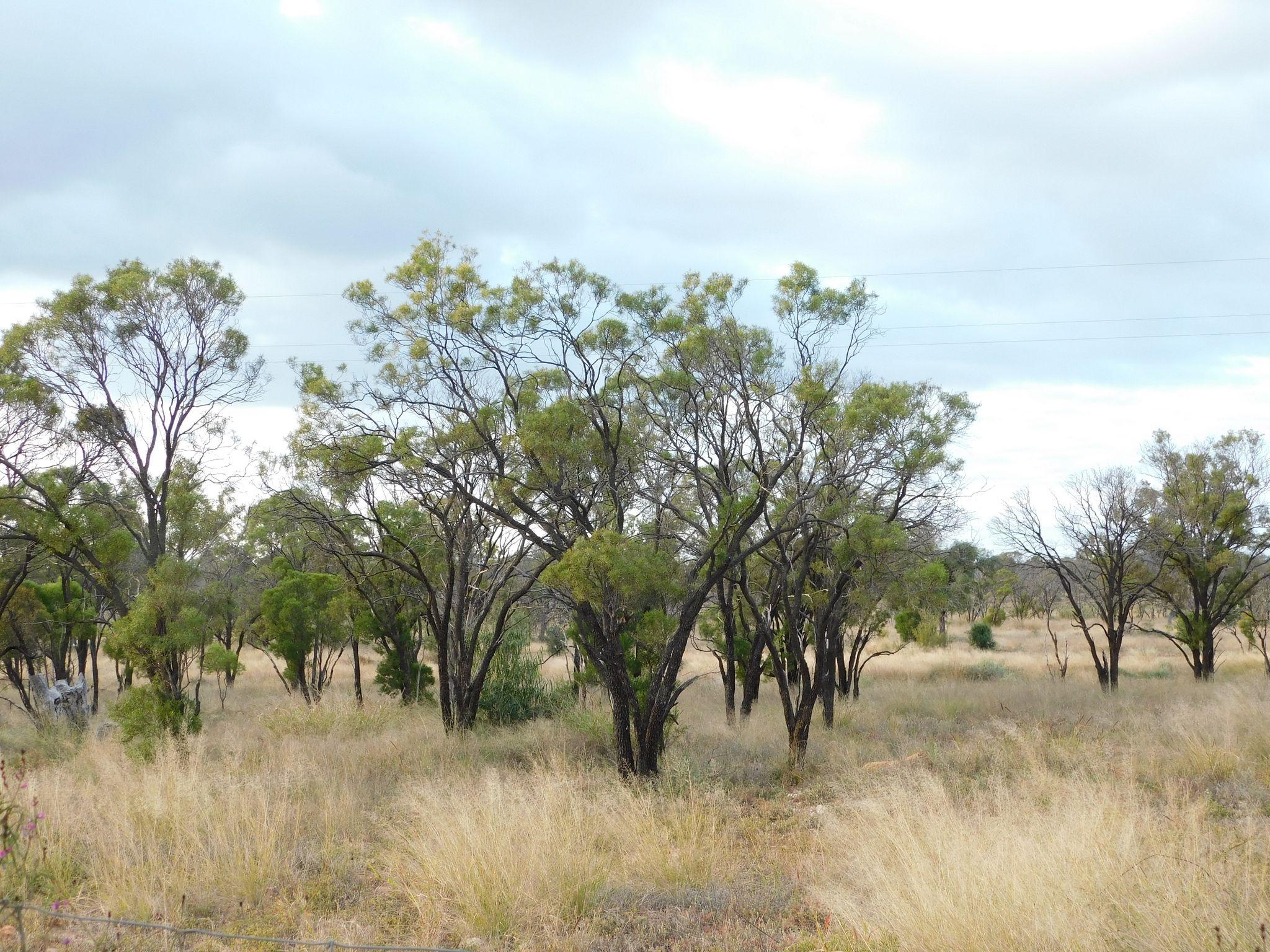
False sandalwood is one of the native tree species in New South Wales that was likely to face increased clearing if the proposal went ahead. Image: JFM / iNaturalist CC BY-NC



